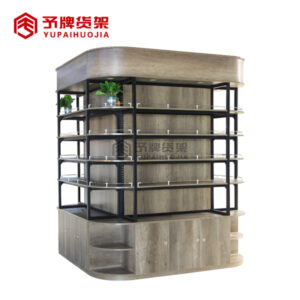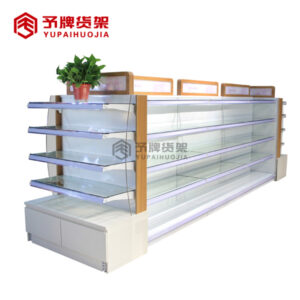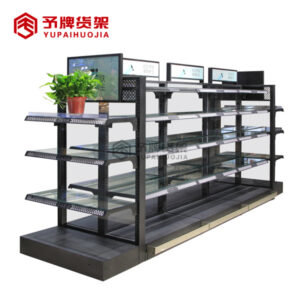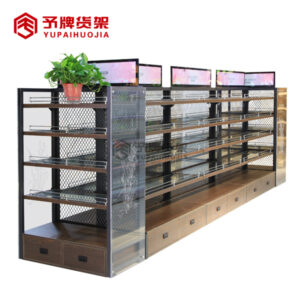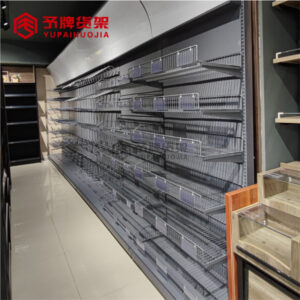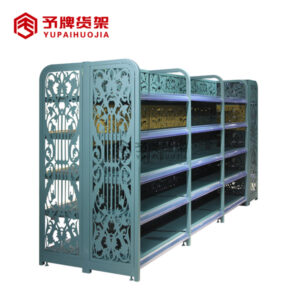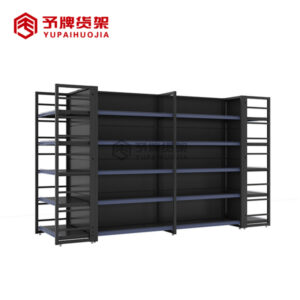With a growing population, and the need for supermarkets to accommodate more shoppers, it’s important for supermarket shelves dimensions to be as efficient as possible. In this article, you’ll learn how supermarkets are now able to maximize their shelf space by measuring the impact of different dimensions.
What is the impact of supermarket shelves dimensions on shelf placement?
supermarket shelves dimensions are usually in aisles and the width of the aisle is usually proportional to the width of the shelf. This means that products with a wide width (such as bread) are typically placed at the end of an aisle, while products with a narrower width (such as vegetables) are typically placed closer to the front of the aisle.
This arrangement can have an impact on product placement, because it means that there is less space for other products in the aisle. This can lead to less choice for shoppers, and can also make it difficult for them to find specific items. It can also lead to overcrowding, and can make it difficult for customers to reach all of the items on the shelf.

What are the practical guidelines for building a warehouse/storeroom?
In order to maximize the storage potential in a warehouse or storeroom, it is important to adhere to some basic guidelines. The dimensions of supermarket shelves can have a significant impact on shelf placement.
There are a few things to keep in mind when designing your store: the layout of the supermarket shelves dimensions, how much storage space is available, and the height of the shelves. It is also important to consider how people will use the space.
The layout of supermarket shelves dimensions can be broken down into two main categories: aisle-based and shelf-based. Arrange your shelves based on what type of products you sell. Aisle-based layouts have rows of shelves that run parallel to the aisles, while shelf-based layouts have shelves that are placed at different heights and distances from each other.
The amount of storage space available will dictate how many shelves you need. Keep in mind that people will use more space closer to the front of the store, so choose your location carefully.
The height of supermarket shelves dimensions can also affect how people shop. Make sure that the height of your shelves is comfortable for people to reach without having to bend down or climb up.
-
 Steel stationery shop display rack for sale
Steel stationery shop display rack for sale -
 Supermarket shelves for sale in dubai
Supermarket shelves for sale in dubai -
 Pharmacy grocery display for sale
Pharmacy grocery display for sale -
 Cosmetic display shelves for shop
Cosmetic display shelves for shop -
 wholesale cosmetic display rack
wholesale cosmetic display rack -
 Supermarket Cosmetics shelves supplier
Supermarket Cosmetics shelves supplier -
 kitchenware store shelves for sale
kitchenware store shelves for sale -
 Adjustable Steel Modern Shelf Steel Shelves Grocery Shelf Mini Store
Adjustable Steel Modern Shelf Steel Shelves Grocery Shelf Mini Store -
 4 post retail shop racking display grocery item display rack supermarket shelf gondola
4 post retail shop racking display grocery item display rack supermarket shelf gondola
How have supermarket warehouses and storerooms changed over time?
Since the early days of supermarket shelves dimensions, shelves have been designed with a certain amount of space allocated for each product. This has changed over time, as supermarkets have been forced to expand their stores and warehouse spaces to accommodate increasing sales.
The problem with this approach is that it creates an inherent conflict between the amount of space allocated for each product and how easily the products can be accessed by customers. As a result, supermarket shelves dimensions have had to resort to various methods to make sure that the products are placed in optimal locations on the shelves.
One such method is merchandising layout, which is the placement of products on a shelf based on their perceived popularity or demand. By using Merchandising Layout, supermarkets are able to ensure that customers can easily find the products they are looking for, without having to search through a cluttered section of the store.
What is the impact of supermarket shelves dimensions on shelf placement?
supermarket shelves dimensions are typically fixed in width, but they can vary in height, which affects how products are placed on the shelf. Taller shelves mean that products are more visible and accessible to customers, while shorter shelves can make it more difficult for shoppers to find products.
Impact of shelves dimensions on shelf placement
The width of supermarket shelves dimensions is an important consideration when placing products on the shelf. The width affects how easily products can be accessed and how much space is available for other products. This can affect the placement of products on the shelf, as well as how much product is visible at any given time.
Widths of shelves are typically 24 inches or 30 inches. The wider the shelf, the more space there is on either side, which means that more products can be placed on the shelf. This can lead to better placement of products and a higher store rating. It can also mean that more items are visible at any given time, which can be helpful for shoppers who are looking for specific items.
However, there are some limitations to this approach. For example, if a product is too wide for the shelf, it may end up in front of other products or behind them. This can make it difficult for shoppers to find the product they’re looking for and can lead to lower sales overall.
Widths of supermarket shelves dimensions are often determined by the type of product being sold. If a lot of different types of products are being sold, shelves may need to be wider to accommodate them all. In contrast.


